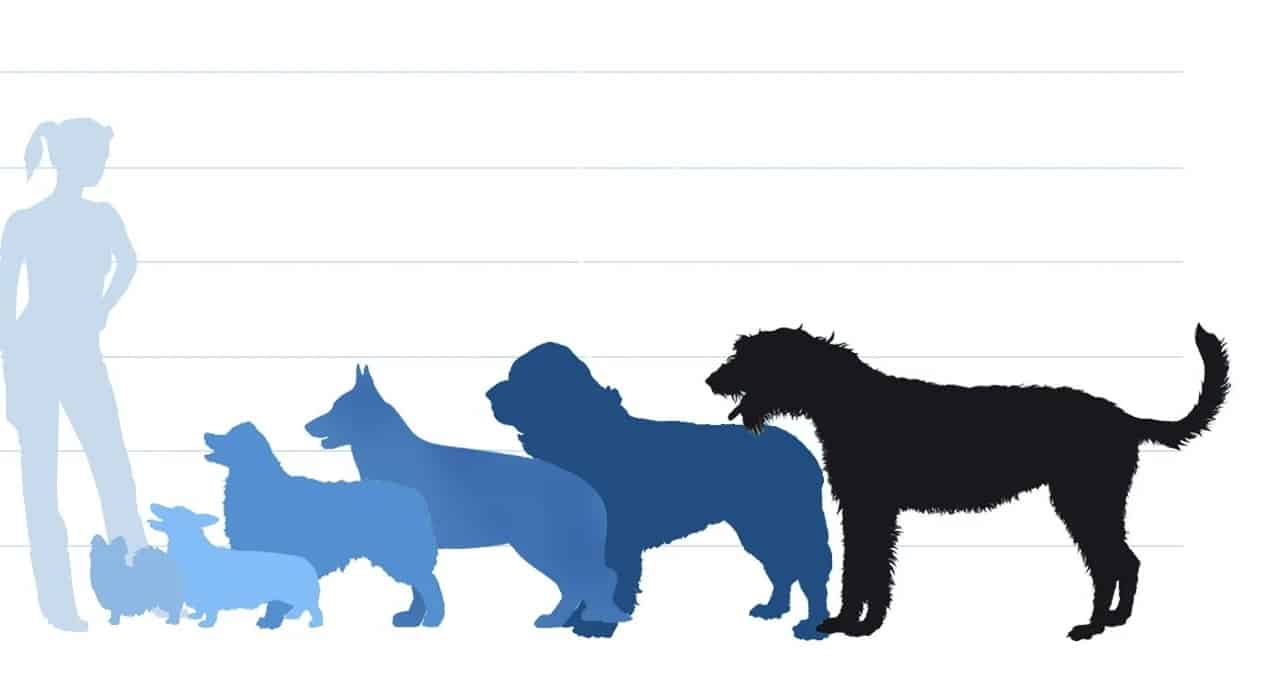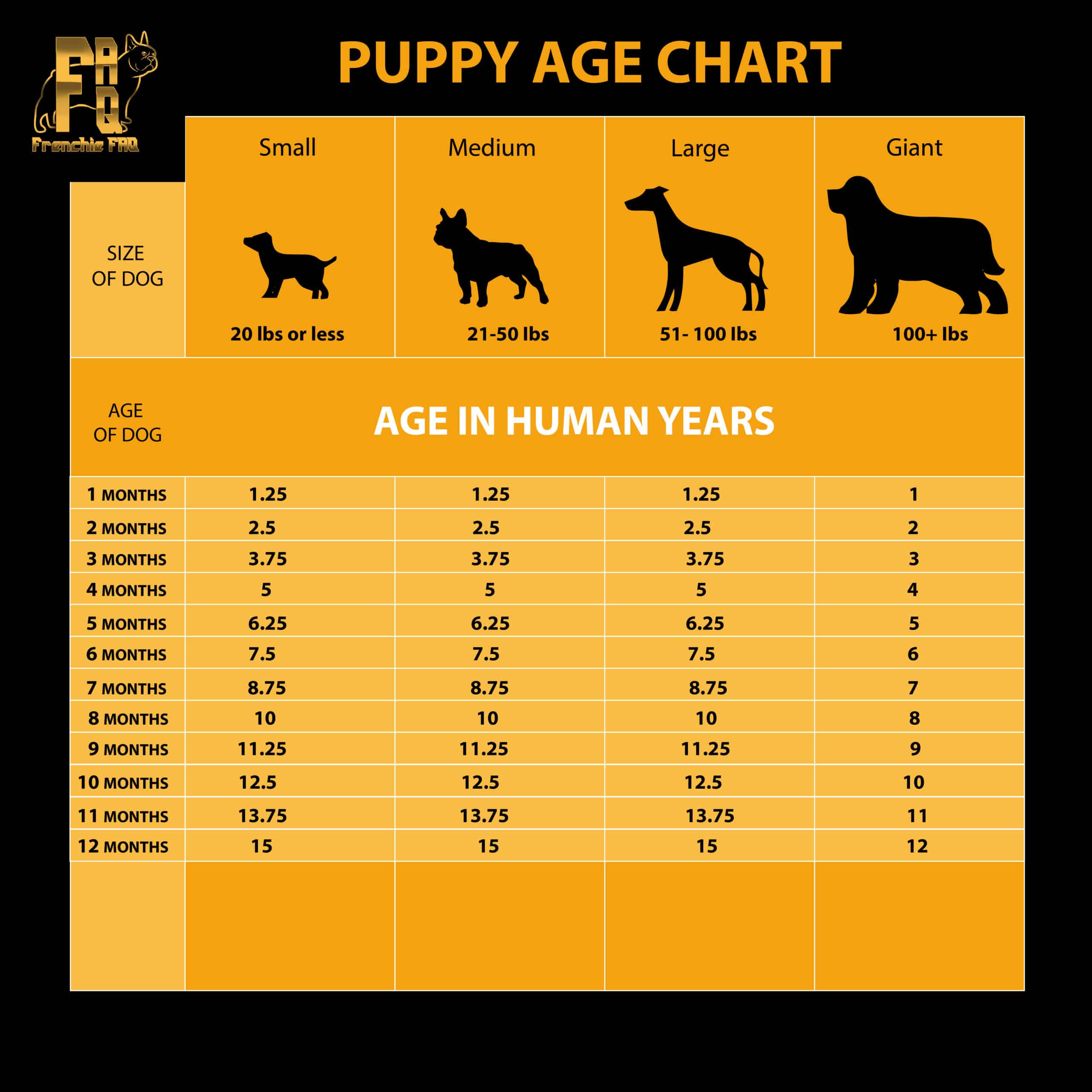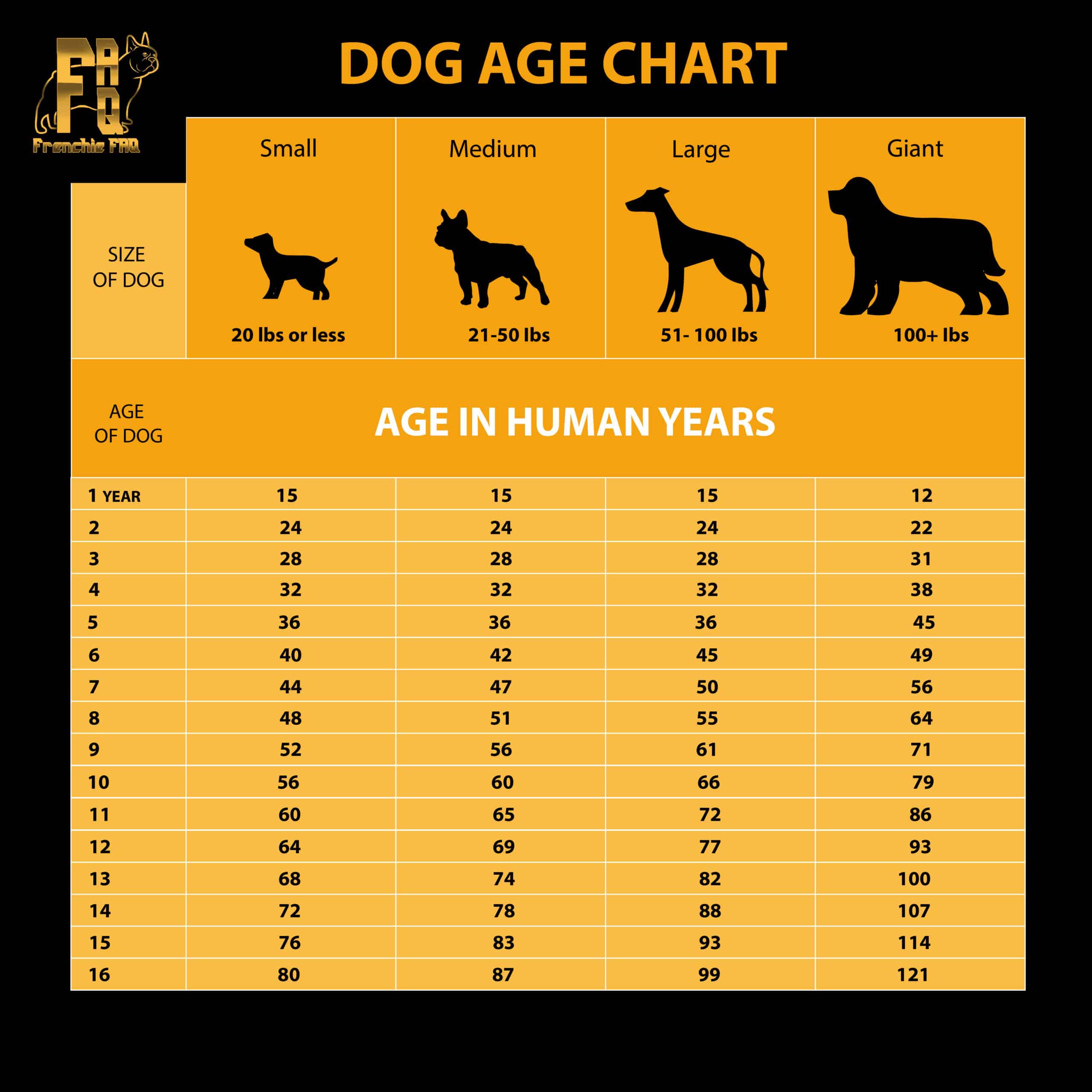
Introduction
If you have a dog, you know they seem to age differently than humans. How do you calculate the age of your dog in human years? The “1 dog year = seven human years” theory is a common way to explain the ageing process of dogs and humans. While not supported by science, it provides a good starting point for understanding how long your dog will live.
Dog Sizes: Small, Medium, Large, or a Giant
You’ll first need to determine if your dog is tiny (Yorkshire Terrier), medium sized dog (French Bulldog), large sized dog (Labrador Retriever) or giant sized dog (Cane Corso), which will help you calculate the dog years. Small dogs weigh between 20 pounds and below, medium dogs weigh between 21 and 50 pounds, large dogs weigh over 51 to 100 pounds, and giant dogs weight 100+ pounds.
Determine The Breed of The Dog
Now that you know your dog’s age, it’s time to figure out your pup’s age in human years. While the exact process of calculating this varies depending on where you look, most sources agree.
You should start by finding out what breed your dog belongs to. Once you’ve done that, look up the average lifespan for that specific breed in an online or print-based dog breed chart.
If you’re unsure what type of dog your pup is—or aren’t a seasoned expert at identifying breeds—look at his characteristics; some species are easier to remember than others.
The General Rule is That One Dog Year is Seven Human Years
The general rule is that one dog year is seven human years. This theory is, however, not supported scientifically. This means that a 2-year-old dog would be around 14 in human years, and an 8-year-old dog would be 56 in human years.
However, it’s important to note that this rule can not be applied consistently throughout the entire life of your canine companion. Puppies grow much faster than adults dogs. This rapid growth means that their age in dog years will be much higher than their actual age in human years.
As they age and reach maturity, their ageing rate slows down until it eventually stops altogether—our hearts break every time we see a senior dog at the vet’s office.
Although there aren’t any hard and fast rules about how long dogs live (or how many years they’ll spend with us), you can look to tell how old your pup might be based on its behavior patterns.
Each Dog Year Equals Nine Human Years For The First Two Years
According to the American Veterinary Medical Association your dog’s age in human years can be calculated using this formula: ((dog age) x 9) + 2. For example, if your dog is four years old, the calculation would be 4 x 9= 36 plus 2 = 38 human years. This formula is not scientifically proven but has been used for a while. Here’s a general breakdown of their guidelines:
- 15 human years equals the first year of a medium-sized dog’s life.
- Year two for a dog equals about nine years for a human.
- And after that, each human year would be approximately five years for a dog
After That, Each Dog Year is Equivalent to 5 Human Years
A dog’s second year is the most rapid of all. A two-year-old dog is equivalent to a human being in their mid-twenties and has fully matured physically, mentally and emotionally.
The third year is the slowest phase in a dog’s life cycle: it takes about twice as long for a three-year-old to mature as it does for a two-year-old.
The fourth year sees another leap in development. At this stage, each year equates to one human decade (i.e., ten years), representing an essential milestone toward complete maturity.
Every subsequent period accelerates until you reach your pet’s senior years—and eventually death.
Growth and development
The average life expectancy for dogs is about 15 to 16 years for smaller dogs and 10 to 20 years for larger dogs, but dogs can live much longer than that. If you have a dog older than 12 or 13, you might wonder if they act their age, and the answer is yes and no.
Each dog year is equivalent to 5 human years from age six and after. So if your dog is eight years old in human years, he’ll be approximately 48 to 55 years, depending on the breed and size.
That said, it’s important to remember that while humans age at the same rate until they reach adulthood, this isn’t true for dogs. A puppy can proliferate into an adult dog in just a few months—but when do puppies reach maturity?
Large and Giant Dogs Age Faster Than Small Dogs
Large dogs, such as Great Danes and Saint Bernards, age faster than smaller breeds, As a result of their larger size, they are likely to develop joint problems earlier in life and are also more likely to get cancer.
Large dogs tend to have a higher metabolism, contributing to their increased risk for heart disease. They may also suffer from obesity due to their higher food intake than smaller dogs.
Scientists, however, say that every 4.4 pounds of body mass in a dog reduces its life expectancy by a month. The facts are yet to be proven, but no one can explain this phenomenon of growth and mortality and how they relate.
2019 Epigenetic Clock Study Method of Calculating Dog Age
The study used an epigenetic clock method of calculating dog age. The researchers estimated a dog’s age by measuring how well methylation patterns changed over time.
Because dogs age faster than humans and thus have shorter lifespans, they are generally a good model for studying ageing. This study identified changes in DNA methylation during ageing and pinpointed what may be causing them.
The research team performed targeted DNA arrangement in 104 Labrador Retrievers spanning a 16-year age range to compare dogs’ epigenetic clocks to those of humans.
The outcome enabled them to derive a formula for adjusting dogs’ ages to “human years” by multiplying the natural logarithm of the dog’s age by 16 and adding 31. This method is more advised to be used than the seven years myth.
Conclusion
As you can see, calculating dog years to human variations depends on the system. The general rule is that each dog year is seven times myth as long as one human year, but variations depend on the dog’s size and age at birth. Pet owners must understand these differences to care for their furry friends better.
Dog years are a fun way to think about the length of a dog’s life, and the science behind it needs to be supported by complex data. So while it’s fun to look at your pet’s age in dog years, please don’t take it too seriously. If this is all to confusing for you can use our Dog Age Calculator or view our Dog Age Chart below.
Puppy Age Chart

Dog Age Chart

Dog Years to Human Years Calculator
Pick your dog's size
Small

20 lbs or less
Medium

21-50 lbs
Large

51-100 lbs
Giant
